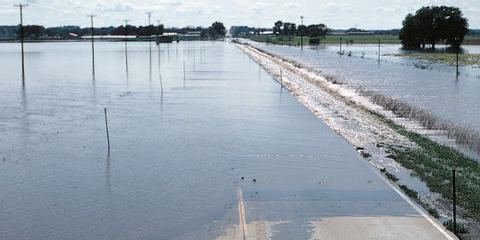Federal funding programs are under review as of 1/27/25. We'll make updates as new info is released.
In Fiscal Year (FY) 2019 Congress appropriated $4 million to fund the Water Bank Program (WBP) and NRCS is opening enrollment into the program in Minnesota, North Dakota and South Dakota.
The purposes of WBP include:
Preserving and improving major wetlands as habitat for migratory waterfowl and other wildlife
Conserving surface waters
Reducing soil and wind erosion
Contributing to flood control
Improving water quality
Improving subsurface moisture
Enhancing the natural beauty of the landscape
Example WBP Focus Area:
In 2019, WBP focused on flood reduction. Severe flooding of agricultural land had been a problem in Minnesota, North Dakota and South Dakota, parts of which lie in the prairie pothole region. Eligible land for this year's WBP included flooded agricultural land, flooded hay, pasture or rangeland, and flooded private forestland.
The intent of WBP is to keep water on the land for the benefit of migratory wildlife such as waterfowl. Landowners and operators can sign new 10-year rental agreements to protect wetlands and provide wildlife habitat. Landowners receive annual payments for conserving and protecting wetlands and adjacent lands from adverse land uses and activities, such as drainage, that would destroy the wetland characteristics of those lands.
Eligibility
To be eligible to participate in the WBP, a person must:
Be the landowner of eligible land for which enrollment is sought for at least two years preceding the date of the agreement unless new ownership was acquired by will or succession as a result of death of the previous owner; or
Have possession of the land by written lease over all designated acreage in the agreement for at least two years preceding the date of the agreement unless new ownership was acquired by will or succession as a result of death of the previous owner and will have possession over all the designated acreage for the agreement period.
Financial assistance will not be available for conservation practices through WBP. WBP participants who wish to establish or maintain conservation practices may apply for financial assistance through other NRCS or state financial assistance programs where available. NRCS will assist participants with developing a Conservation Plan of Operations (CPO) for the enrolled land and associated adjacent land when applicable.
Land enrolled in WBP may not be cropped. NRCS may authorize haying under limited circumstances, such as severe drought. NRCS may authorize grazing where necessary to enhance the wetland functions and values of the land under agreement.
Each participating farm or ranch will enter into a WBP agreement, which will become effective on January 1 of the calendar year in which the agreement is approved. For this signup period, agreements will be considered effective on January 1, 2019. WBP contracts are non-renewable, 10-year rental agreements. Rental payments are made annually.
Terms
$50/acre/year for cropland
$35/acre/year for pasture and range land (grazing lands)
$20/acre/year for forestland
Related Programs
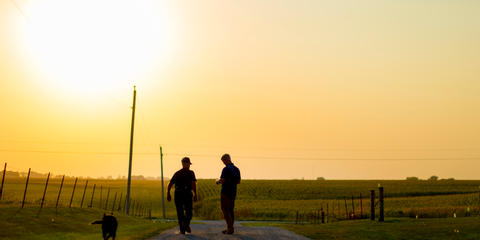
Direct Farm Operating Loan
Farm Service Agency
- Loan
- General
- Equipment
- Animal Purchase
- Diversification
- Marketing
- Processing
- Feed
- Seed
- Fertilizer
- Cash Rent
- Housing
- Construction
- Infrastructure
- Repairs
- Pest Management
- Storage
- Legal & Finance
- Water Management
- Waterway Protection
- Water Quality
- Conservation
- Training
- Immigrants
- CSA
- Refinancing
- Reduced Tillage
- National
- Any
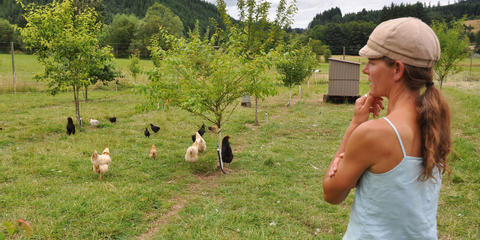
Environmental Quality Incentives Program (EQIP)
Natural Resources Conservation Service
- Grant
- Cost Share
- Conservation
- Cover Crops
- Forest Management
- Certified Grassfed
- Irrigation
- High Tunnel
- Certified Organic
- Air Quality
- Alternative Energy
- Soil Health
- Wildlife & Pollinator Habitat
- Water Quality
- Weather
- Research
- Landscape
- Precision Ag
- Drought
- Nutrient Management
- Carbon Capture
- Fencing
- Agroforestry
- Grazing Management
- Reduced Inputs
- National
- Any
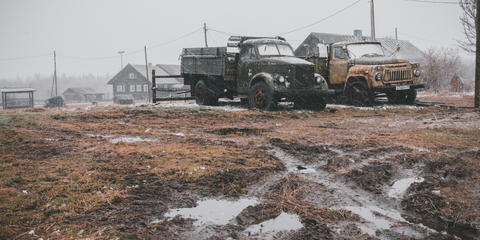
Inflation Reduction Act Assistance for Distressed Borrowers
Farm Service Agency · Closed Indefinitely
- Grant
- Discount
- Socially Disadvantaged
- Disaster Relief
- National
- Any
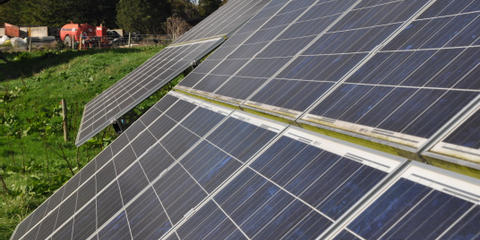
Rural Energy for America Program (REAP)
Rural Development · Closed Mar 31
- Grant
- Cost Share
- Loan
- Alternative Energy
- Biofuel
- Equipment
- Infrastructure
- Conservation
- Solar Power
- Wind Energy
- Hydro Power
- HVAC
- Lighting
- Irrigation
- National
- Any
Details
Deadline
September 28, 2022
Organization
Financial Instrument
Easement
Total Program Funding
$4,000,000
Updated October 23, 2024
Image Credit: U.S. Department of Agriculture
This information was gathered from public sources. Ambrook is not responsible for or able to affect the results of any financial programs listed, nor are they responsible for any incorrect information that is listed or is on the hyperlinked external sites. All information is subject to change.
Explore hundreds more programs on Ambrook.
